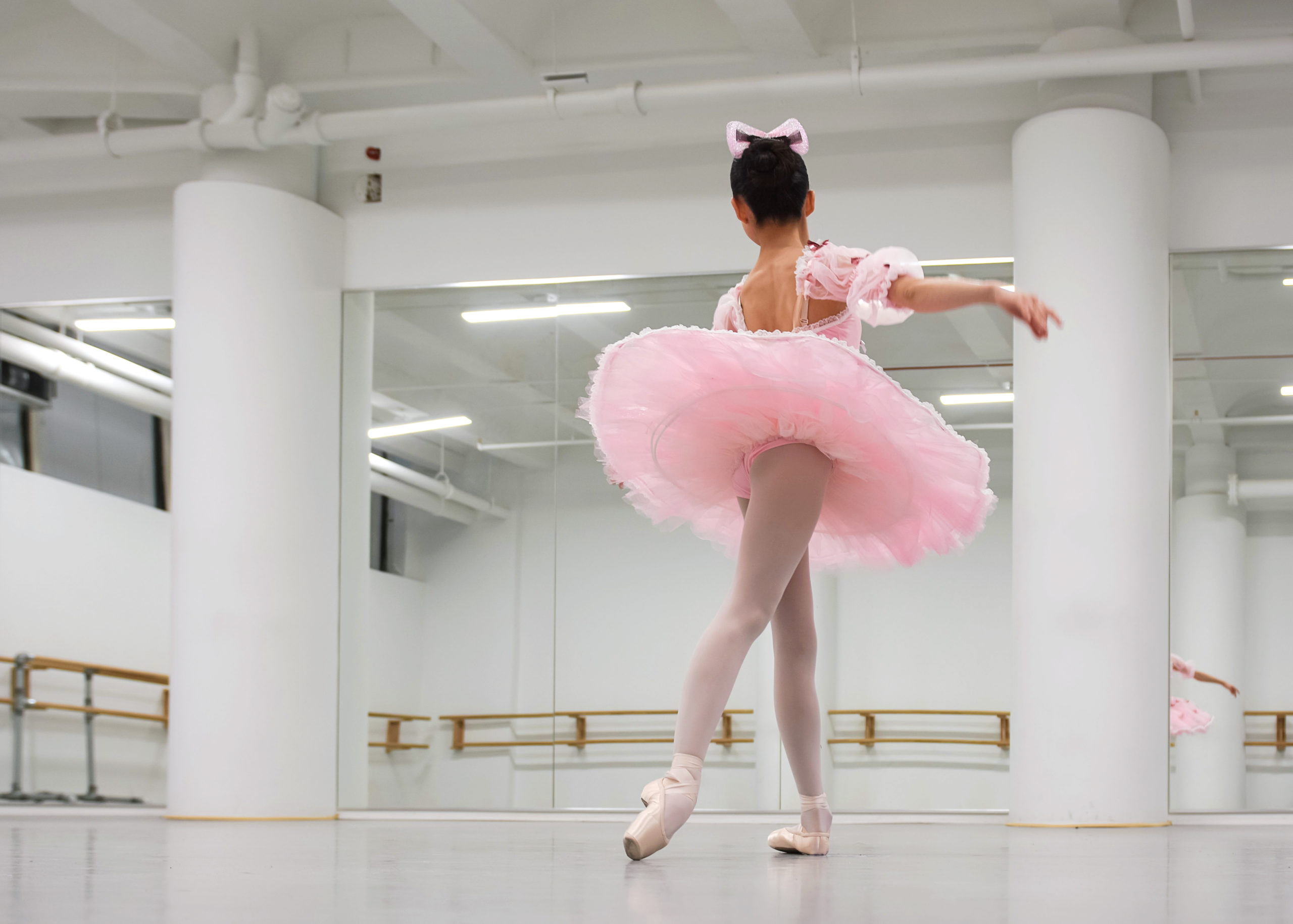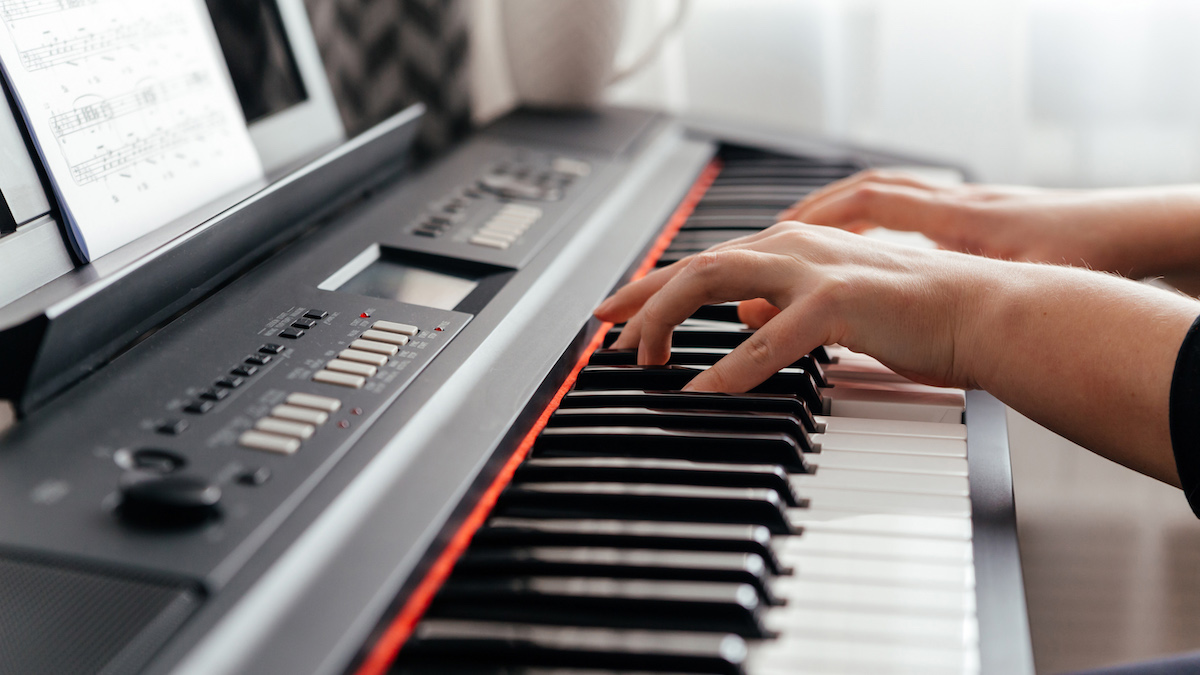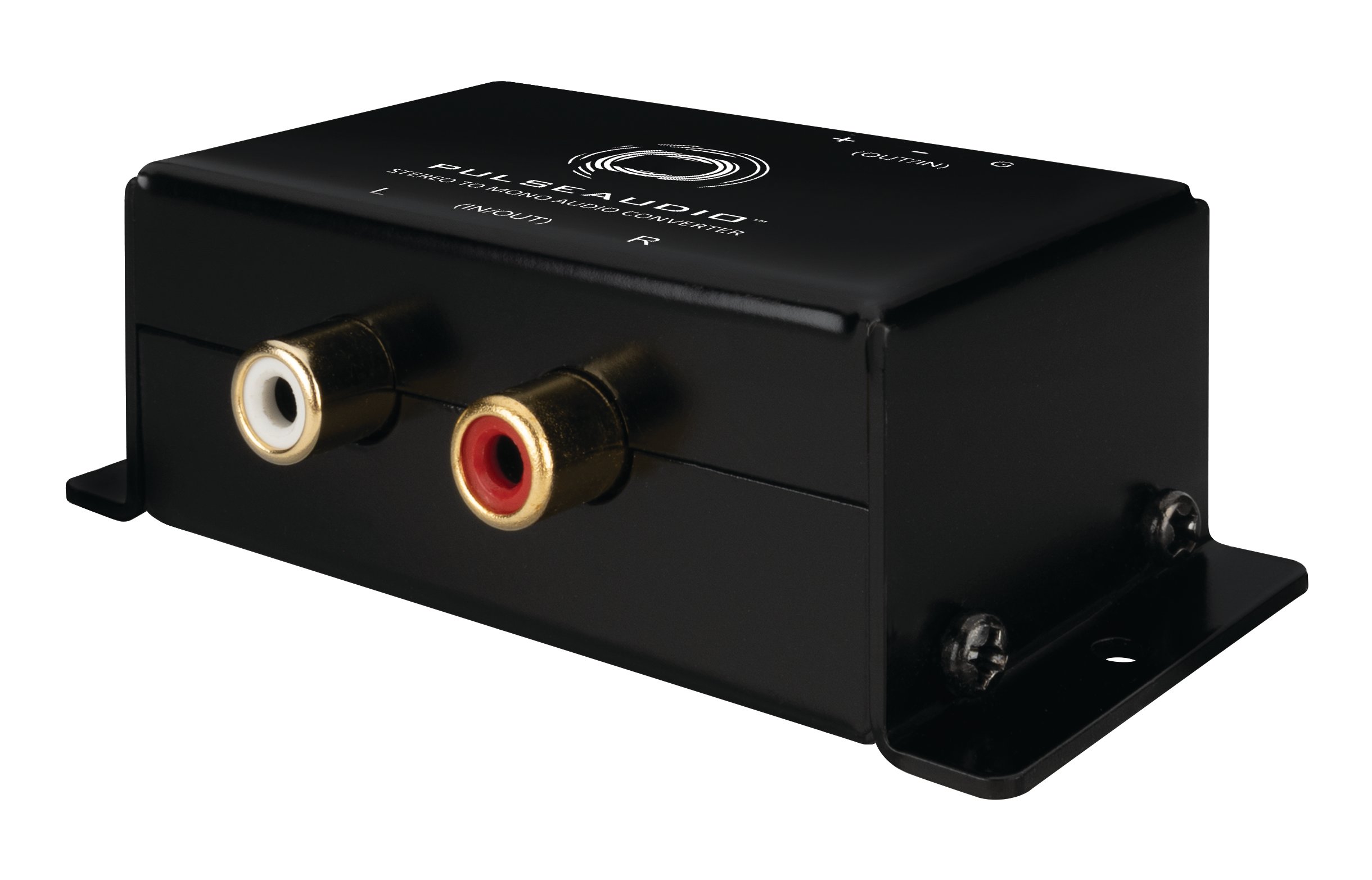Home>Events & Info>Ballet>How To Turn Ballet


Ballet
How To Turn Ballet
Modified: January 22, 2024
Learn the art of ballet and discover how to turn like a professional dancer with our step-by-step guide. Unlock your passion for ballet and master the technique in no time!
(Many of the links in this article redirect to a specific reviewed product. Your purchase of these products through affiliate links helps to generate commission for AudioLover.com, at no extra cost. Learn more)
Table of Contents
Introduction
Ballet, with its grace, precision, and artistry, has captivated audiences for centuries. One of the most impressive and sought-after skills in ballet is the ability to execute seamless turns. Ballet turns not only showcase a dancer’s technique and control but also add a sense of excitement and beauty to a performance.
Turning in ballet requires strength, balance, and coordination. Dancers must master the technique to execute turns with precision and grace. Whether it’s a simple pirouette or a complex fouetté, each turn requires careful execution and an understanding of the fundamental principles.
In this article, we will explore the different types of ballet turns, discuss how to prepare for turns, and provide tips for improving your turning technique. We will also delve into common mistakes to avoid and how to troubleshoot turn-related challenges. Lastly, we will touch upon advanced ballet turns and incorporating turns into choreography.
Whether you are a ballet student looking to perfect your turns or a ballet enthusiast wanting to deepen your understanding of this mesmerizing aspect of dance, this article will serve as your comprehensive guide to turning in ballet.
Understanding Ballet Turns
Before delving into the technique and execution of ballet turns, it is important to understand what exactly constitutes a turn in ballet. In simplest terms, a turn in ballet refers to the rotation of the body around its vertical axis while maintaining control and balance.
Turns in ballet can vary in complexity and can involve different steps, arm positions, and turning patterns. Some turns are performed on one leg, while others involve traveling steps or multiple revolutions. Understanding the various types of turns and their requirements is key to mastering this fundamental aspect of ballet.
At its core, ballet turns rely on three essential elements: the placement and alignment of the body, the control of core muscles, and the ability to spot. Proper placement and alignment ensure balance and stability, while engaging the core muscles provides the necessary strength and control. Spotting, a technique where the dancer focuses their gaze on a fixed point and gradually whips their head around, helps with maintaining balance and preventing dizziness.
Ballet turns can be categorized into two main types: pirouettes and turns in passé. Pirouettes are turns performed on one leg, while turns in passé involve bringing the working leg into a high position with the foot touching the knee of the supporting leg.
Throughout this article, we will explore different types of ballet turns, their variations, and the technical aspects that make each turn unique. Understanding the mechanics and principles behind each turn will allow you to execute them with greater confidence and skill.
Common Ballet Turns
Ballet offers a wide range of turns that add flair and excitement to any performance. These turns require a combination of technique, balance, and artistry to execute successfully. Here are some of the most common ballet turns you are likely to encounter:
- Pirouette: Pirouettes are one of the most iconic ballet turns. They involve turning on one leg with the working leg either in passé or extended to different positions. Pirouettes can be performed en dedans (inward) or en dehors (outward) and can have various arm positions. They require a strong supporting leg, proper alignment, and precise spotting technique.
- Chaines: Chaines, also known as “chain turns,” are a series of quick, consecutive turns performed in a straight line or in a curved pathway. Dancers maintain a close first or fifth position and turn rapidly using small steps. The key to successful chaines is maintaining balance and control by engaging the core muscles.
- Piqué Turns: Piqué turns are turns performed while stepping directly onto a pointed foot. Dancers use the momentum generated by the step to execute a controlled turn. Piqué turns can be performed in various directions and can be combined with different arm positions to create beautiful patterns and dynamics.
- Fouetté Turns: Fouetté turns are known for their fast and mesmerizing whipping action. They involve a quick whipping of the working leg while turning on the supporting leg. Fouettés are often performed in a series, and the dancer completes multiple revolutions while maintaining balance and control.
- A La Seconde Turns: A La Seconde turns are turns performed with the working leg extended to the side, forming a 90-degree angle with the supporting leg. Dancers execute controlled turns while maintaining a square position and engaging the core muscles to maintain balance.
These are just a few examples of the common ballet turns that dancers practice and perfect throughout their training. Each turn requires a specific set of skills, including proper placement, technique, and alignment, to execute them with precision and elegance. As you progress in your ballet journey, you will encounter more challenging turns that build upon these foundational techniques.
Preparing for Ballet Turns
Executing ballet turns successfully requires not only technical skill but also physical preparation. Here are some essential steps to take in order to prepare yourself for ballet turns:
- Develop strength and flexibility: Building strength in your legs, core, and ankles is crucial for executing turns. Incorporate exercises like pliés, relevés, and relevé passé in your ballet routine to strengthen your supporting leg. Additionally, focus on core-strengthening exercises to maintain proper alignment. Flexibility in the hips and ankles is also vital for executing turns, so stretching exercises and regular warm-ups are essential.
- Work on your balance: Maintaining balance is key to executing any turn successfully. Practice exercises that challenge your balance, such as working in relevé or practicing balancing on one leg. This will help improve your stability and control during turns.
- Focus on spotting technique: Spotting, the technique of quickly turning the head and focusing on a fixed point, is essential for maintaining balance and preventing dizziness during turns. Practice spotting exercises by turning slowly while keeping your eyes fixed on a specific spot and gradually increasing the speed of your turns.
- Master body alignment: Proper body alignment is crucial for executing clean and controlled turns. Focus on maintaining a straight and elongated posture, with your shoulders down and your core engaged. Avoid leaning or tilting during your turns, as this can throw off your balance and compromise the quality of the movement.
- Practice transitions: Smooth transitions often enhance the beauty of turns. Practice transitioning into turns from different steps, such as tendus or passé relevés, to train your body to seamlessly flow into the turning motion.
By incorporating these preparatory elements into your training routine, you can lay a solid foundation for executing ballet turns with greater ease, stability, and control. Remember that consistent practice and mindful attention to technique and alignment are key to mastering turns in ballet.
Technique for Ballet Turns
To execute ballet turns with precision and grace, mastering proper technique is paramount. Here are some key elements to focus on when it comes to the technique of ballet turns:
- Starting position: Begin in a strong and balanced preparation position, with your feet in first or fifth position and your arms positioned elegantly. Ensure that your shoulders are relaxed, your hips are level, and your core is engaged.
- Engage the supporting leg: The supporting leg provides the foundation for each turn. Ensure that your supporting leg is fully straightened and turned out from the hip. Activate the muscles in your feet, ankles, and legs to maintain a stable and grounded base throughout the turn.
- Position the working leg: In turns that involve the working leg in passé, position the working leg with the foot touching the knee of the supporting leg. Ensure that your working leg is turned out from the hip and maintain a strong connection between the foot and the supporting leg to create a visually pleasing line.
- Spotting: Proper spotting technique is crucial for maintaining balance and preventing dizziness during turns. As you initiate the turn, focus your gaze on a fixed point. As your body rotates, whip your head around quickly and catch your focus on the same spot again. This helps to maintain alignment and prevents the head from lagging behind the turning motion.
- Use of arms: Depending on the type of turn, arm positions may vary. Arming helps with balance, stability, and aesthetic presentation. Proper arm positions should be controlled, flow gracefully with the movement, and accentuate the overall form of the turn.
- Controlled speed: Maintaining control over the speed of the turn is essential. Start with slower turns as you focus on mastering the technique and gradually increase the speed as you gain confidence and control. Remember that a well-executed, clean turn is better than a rushed and sloppy one.
- Finishing position: Land the turn with control and grace, ensuring that you maintain the alignment of your body and the alignment of your legs. Finish the turn in a balanced position, with your head held high, shoulders relaxed, and core engaged.
Remember that mastering the technique of ballet turns takes time, practice, and attention to detail. Take the time to break down each element of the turn and work on it individually before piecing everything together. With patience and consistent effort, you will gradually improve your turning technique and execute beautiful and fluid turns in your ballet performances.
Tips for Improving Ballet Turns
Ballet turns require a combination of strength, balance, and technique. Here are some valuable tips to help you improve your ballet turns:
- Focus on core strength: A strong core is essential for maintaining balance and control during turns. Incorporate exercises like planks, crunches, and Pilates into your training routine to strengthen your core muscles.
- Work on ankle stability: Strong and stable ankles are crucial for executing turns with control. Practice ankle-strengthening exercises, such as relevés and theraband exercises, to improve ankle stability and prevent wobbling during turns.
- Practice spotting technique: Spotting is a fundamental aspect of turning in ballet. Practice spotting exercises regularly to improve your coordination and ability to maintain focus during turns. A strong and precise spot will help prevent dizziness and maintain balance.
- Improve flexibility: Flexibility in the hips, spine, and legs can greatly enhance your turning ability. Incorporate stretching exercises, such as splits, lunges, and backbends, into your warm-up routine to increase your range of motion and facilitate smoother turns.
- Work on alignment: Proper alignment is crucial for executing clean and controlled turns. Focus on maintaining a straight and elongated posture, with your shoulders down and your core engaged. Avoid leaning or tilting during turns, as this can throw off your balance and compromise the quality of the movement.
- Practice stability exercises: Incorporate exercises that challenge your balance and stability into your training routine. This can include standing on one leg, using balance boards or stability discs, or even practicing turns on a hard surface to improve your proprioception and overall stability.
- Seek guidance from a qualified instructor: Working with a knowledgeable ballet instructor can greatly enhance your understanding and execution of turns. They can provide personalized feedback, correct any errors in your technique, and guide you towards improvement.
- Be patient and persistent: Improving your turns in ballet takes time and consistent practice. Be patient with yourself and celebrate every small improvement along the way. Stay dedicated to your training, and with perseverance, you will see progress.
Remember, turning in ballet is a skill that requires continuous work and refinement. By incorporating these tips into your training routine, you can improve your turning ability and achieve more fluid, controlled, and impressive turns on the ballet stage.
Common Mistakes to Avoid
When it comes to executing ballet turns, there are several common mistakes that dancers often make. Being aware of these mistakes can help you avoid them and improve the quality of your turns. Here are some common mistakes to watch out for:
- Poor posture: Neglecting proper posture can adversely affect your turns. Avoid slouching, rounding your shoulders, or collapsing in your upper body. Maintain an elongated spine, lifted chest, and engaged core throughout the turn.
- Lack of core engagement: Failing to engage your core muscles can lead to instability and compromised balance during turns. Keep your abdominal muscles activated throughout the turn to maintain stability and control.
- Unstable supporting leg: Neglecting to stabilize your supporting leg can throw off your balance and affect the quality of your turns. Ensure that your supporting leg is fully straightened and activated, with the weight evenly distributed through the foot.
- Poor spotting technique: Inaccurate or inconsistent spotting can lead to loss of balance and dizziness during turns. Practice your spotting technique regularly, focusing on a fixed point and whipping your head around with precision and speed.
- Taking off too forcefully: Starting a turn with excessive force can result in an uncontrolled and sloppy rotation. Instead, focus on initiating the turn with controlled and deliberate energy, allowing for better control and stability throughout the rotation.
- Lack of preparation: Neglecting proper preparation can undermine the quality of your turns. Ensure that you take the time to set up your starting position, align your body, and mentally prepare yourself before executing the turn.
- Rushing through the turn: Trying to execute turns too quickly without proper technique and control can lead to a loss of balance and instability. Focus on maintaining a steady and controlled tempo, gradually increasing the speed as you gain proficiency.
- Overthinking: Overthinking can hinder your performance during turns. Instead of getting caught up in the mechanics of the turn, trust in your training and allow your muscle memory to guide you. Relax and focus on the artistry of the movement.
Awareness of these common mistakes and actively working to avoid them will greatly improve the quality and execution of your ballet turns. Remember that practice and patience are key, and with time and dedication, you will refine your technique and perform turns with precision and grace.
Advanced Ballet Turns
As dancers progress in their ballet training and technique, they may encounter more advanced and intricate turns that push the boundaries of their abilities. These advanced ballet turns require heightened strength, flexibility, and control. Here are some examples of advanced ballet turns:
- Multiple Pirouettes: Advancing from single pirouettes, dancers aspire to achieve multiple pirouettes, where they execute two or more rotations in one turn. These turns require a strong and stable supporting leg, precise spotting, and excellent control over the body.
- Grand Pirouettes en Dedans: Grand pirouettes en dedans, also known as “turns inwards,” involve turning in the opposite direction from a typical pirouette. This advanced turn requires exceptional control, balance, and strength in order to execute it smoothly and precisely.
- Tours en l’air: Tours en l’air are spectacular jumps that include multiple turns in the air. Dancers launch themselves into the air, executing a series of rotations before landing. These turns demand explosive power, impeccable technique, and a strong understanding of timing and control.
- Multiple fouettés: Multiple fouettés involve executing a series of consecutive whipped turns on the supporting leg while the working leg remains extended and in motion. This advanced turn showcases a dancer’s speed, precision, and coordination.
- Turning Jumps: Turning jumps, such as the russian tour jeté or the grand jeté en tournant, combine the elements of both jumps and turns. These dynamic and challenging movements involve leaping into the air, executing a turn, and landing gracefully. They require a seamless integration of strength, technique, and artistry.
These advanced ballet turns require immense dedication, strength, and technical proficiency. As a dancer progresses in their training, they may have the opportunity to tackle these challenging turns, expanding their repertoire and pushing the boundaries of their abilities.
It is important to note that attempting advanced ballet turns should only be done under the guidance of a qualified ballet instructor. They can provide the necessary guidance, help you build the strength and technique required for such turns, and reduce the risk of injury.
Incorporating Ballet Turns into Choreography
Ballet turns add dynamism, elegance, and excitement to choreography. Whether you’re a dancer or a choreographer, incorporating turns into your ballet routines can enhance the visual impact of your performance. Here are some tips for effectively integrating ballet turns into choreography:
- Choose the right turn for the moment: Consider the mood, tempo, and energy of the choreography when selecting which turn to incorporate. Pirouettes can convey grace and fluidity, while fouettés add a sense of dramatic flair. Select turns that complement the music, theme, and overall intention of the choreography.
- Utilize variations and combinations: Instead of using the same turn repeatedly, explore variations and combinations to create visual interest. Experiment with turning in different directions, changing arm positions, or incorporating different leg positions. This adds complexity to the choreography and keeps the audience engaged.
- Synchronize turns with the music: Coordinate the timing of the turns with the musical phrasing to create a seamless connection between movement and music. Aligning turns with key musical accents or shifts in rhythm can create a powerful and synchronized effect.
- Consider spatial patterns: Experiment with different spatial patterns to incorporate turns effectively. Incorporate traveling turns that move across the stage, or create formations where dancers execute turns simultaneously or in succession. Utilize the stage space to enhance the visual impact of the turns within the choreography.
- Balance turns with other movements: Integrate turns with other ballet movements, such as jumps, leaps, and extensions, to create a well-rounded and dynamic choreographic sequence. Use turns as transitional elements between different movements or as climactic moments within the choreography.
- Focus on seamless transitions: Pay attention to the fluidity of the choreography by creating smooth transitions into and out of turns. Ensure that dancers can easily transition from one movement to the next without disrupting the flow of the piece. This creates a polished and cohesive performance.
- Emphasize technique and artistry: Encourage dancers to execute turns with impeccable technique and artistry. Emphasize the importance of proper alignment, control, and expression while turning. This not only enhances the visual appeal but also showcases the skill and talent of the dancers.
By incorporating ballet turns into your choreography with intention, creativity, and precision, you can elevate the overall impact and beauty of the performance. Experiment with different turns, variations, and combinations, while considering musicality, spatial patterns, and seamless transitions. The integration of ballet turns into choreography adds a captivating element that showcases the skill and artistry of the dancers.
Troubleshooting Ballet Turns
Ballet turns can be challenging, and it’s common to encounter difficulties or obstacles when perfecting your technique. Here are some common issues that dancers face with their turns and strategies to overcome them:
- Lack of balance: Difficulty maintaining balance during turns is a common issue. Focus on building core strength and stability through exercises like planks and balance drills. Work on engaging your core and aligning your body properly to improve your balance and control.
- Dizziness: Dizziness can be a challenge, especially when executing multiple turns. Practice spotting technique regularly and focus on a fixed point to prevent dizziness. Gradually increase the number of turns as your spotting technique improves and your body becomes accustomed to the sensation.
- Inconsistent spotting: Inconsistent spotting can lead to imbalanced turns or loss of control. Practice spotting exercises regularly to strengthen this skill. Slowly increase the speed of your turns while maintaining a precise and consistent spot to develop better control and stability.
- Weak supporting leg: A weak supporting leg can result in wobbling or lack of stability during turns. Strengthen your supporting leg through exercises like relevés and balance drills. Concentrate on grounding your supporting leg firmly into the floor and activating the muscles in your feet and ankles for better support.
- Insufficient preparation: Poor preparation can affect the quality of your turns. Take the time to set up your starting position properly, align your body, and mentally prepare for the turn. This will help establish a solid foundation and improve the execution of your turns.
- Lack of control: Difficulty controlling the speed and quality of turns can be frustrating. Practice turning exercises at a slower tempo to focus on control and technique. Gradually increase the speed while maintaining control and precision. Don’t rush the process – control and stability should be prioritized over speed.
- Tension and stiffness: Excessive tension and stiffness can hinder the fluidity and grace of your turns. Practice relaxation techniques, such as deep breathing and releasing unnecessary muscle tension. Focus on moving with ease, allowing your body to flow naturally through the turns.
- Mental blocks: Mental blocks can impede progress and confidence in turns. Practice visualization techniques, where you imagine yourself executing successful turns with ease and precision. Positive self-talk can also help build confidence. Trust in your training and believe in your ability to improve.
Remember that turning in ballet is a skill that requires practice, patience, and perseverance. Troubleshoot any challenges you may encounter with a comprehensive approach – by analyzing the specific issue, focusing on targeted exercises, and seeking guidance from a qualified ballet instructor. With determination and dedication, you can overcome these obstacles and continue to refine your ballet turning technique.
Conclusion
Mastering ballet turns is a continuous journey that requires discipline, dedication, and a deep understanding of technique. From the foundational pirouette to complex multiple turns, ballet turns showcase a dancer’s skill, grace, and artistry. As you navigate the world of ballet turns, always remember to prioritize proper technique, alignment, and control.
Throughout this article, we explored the different types of ballet turns, discussed the importance of preparation, delved into the mechanics of turning technique, and provided tips for improvement and troubleshooting. We also emphasized the significance of incorporating turns into choreography to elevate the visual impact of performances.
While ballet turns can be challenging, they are also rewarding. The satisfaction of executing a flawless turn, the feeling of control and freedom in rotation, and the beauty of seamlessly integrating turns into choreography are truly unparalleled. Embrace the process, celebrate small victories, and stay open to continuous growth and improvement.
Whether you’re a ballet student striving to perfect your technique or a choreographer looking to create captivating performances, the world of ballet turns serves as a source of inspiration and exploration. So, continue to refine your technique, seek guidance from qualified instructors, and find joy in the elegance and artistry of ballet turns.
Remember, ballet turns are not just technical exercises; they are expressions of beauty and passion, capturing the hearts and minds of both performers and audiences. So, immerse yourself in the world of ballet turns and keep spinning towards greatness!











